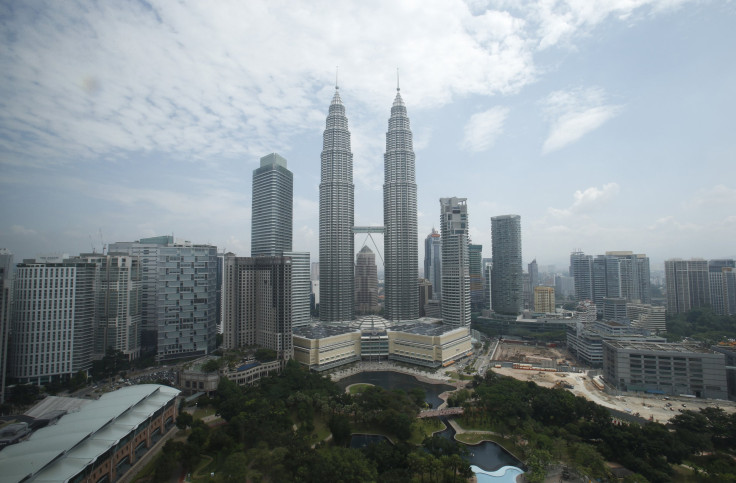Malaysia’s Economic Growth Slower Than Expected At 4.3 Percent Amid Ringgit’s Weakness

Malaysia’s economy clocked a year-on-year growth of 4.3 percent in the second quarter of 2013, falling behind expectations, but riding on the services and manufacturing sectors amid increased government spending, which offset a sluggish performance in external trade, in the run-up to the general election in May.
Malaysia, which grew at 4.1 percent in the previous quarter and was expected to grow by 4.45 percent in the second quarter, has been feeling the heat, along with other emerging economies, as a surge in capital outflows caused its currency, ringgit, to drop to a three-year low against the U.S. dollar, on Tuesday. The ringgit’s weakness is likely to take a toll on the country’s economic growth in coming months, despite a largely positive forecast, as the country faces a deteriorating current-account balance and increased foreign debt.
Exports dropped by 5.2 percent in the second quarter of 2013, pushing the current account deficit further up, while imports also slowed by 2 percent due to a decrease in demand for petroleum products and electrical machinery. The country’s services sector registered a growth of 4.8 percent compared to the previous quarter while the manufacturing sector grew by 3.3 percent, driven by an improvement in the production of oil and products such as transport equipment, and rubber and plastic products.
The country’s unemployment rate beat a forecast of 3.29 percent, to drop to 2.8 percent in June 2013 from the previous month, driven by hiring in the manufacturing, construction and agricultural sectors, data from the country’s Department of Statistics showed.
The Consumer Price Index, or CPI, grew 2 percent in July 2013, compared to the same period in 2012. The CPI also registered an increase of 1.7 percent in the period between January 2013 and July 2013, compared to the same period in 2012.
Malaysia’s near-term outlook remains favorable, driven by resilient domestic demand and growth in the commodities sector, including oil, natural gas, rubber and palm oil, according to a World Bank report in June. Malaysia’s external sector is also expected to remain strong, which would offset the impact of tighter monetary policy on the domestic economy.
“Malaysia has done remarkably well over the last two decades,” Kaushik Basu, the World Bank's chief economist, said in a report in June. “However, the coming onstream of new sources of global energy is likely to put downward pressure on several commodity prices. This will no doubt put restraints on growth on a commodity-exporting country like Malaysia. I hope Malaysia will show the nimbleness it has shown in the past.”
Weakened growth in China and Europe -- key export markets of commodity-driven economies -- coupled with an expected glut in certain commodities, has pressured the Malaysian government to push for structural reforms to avoid dependency on commodities and to accelerate the economy's diversification.
© Copyright IBTimes 2024. All rights reserved.





















